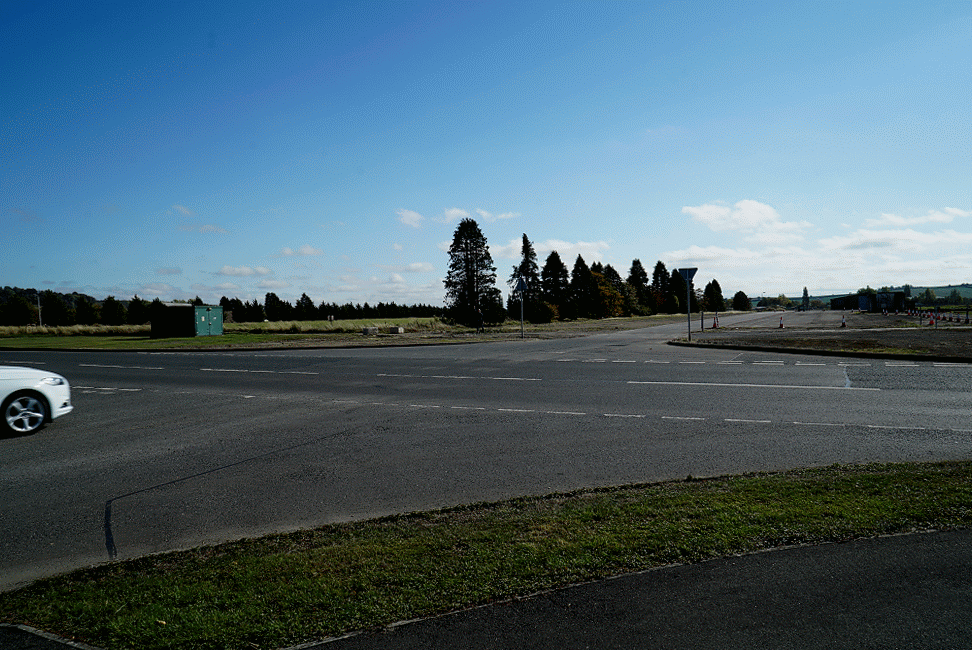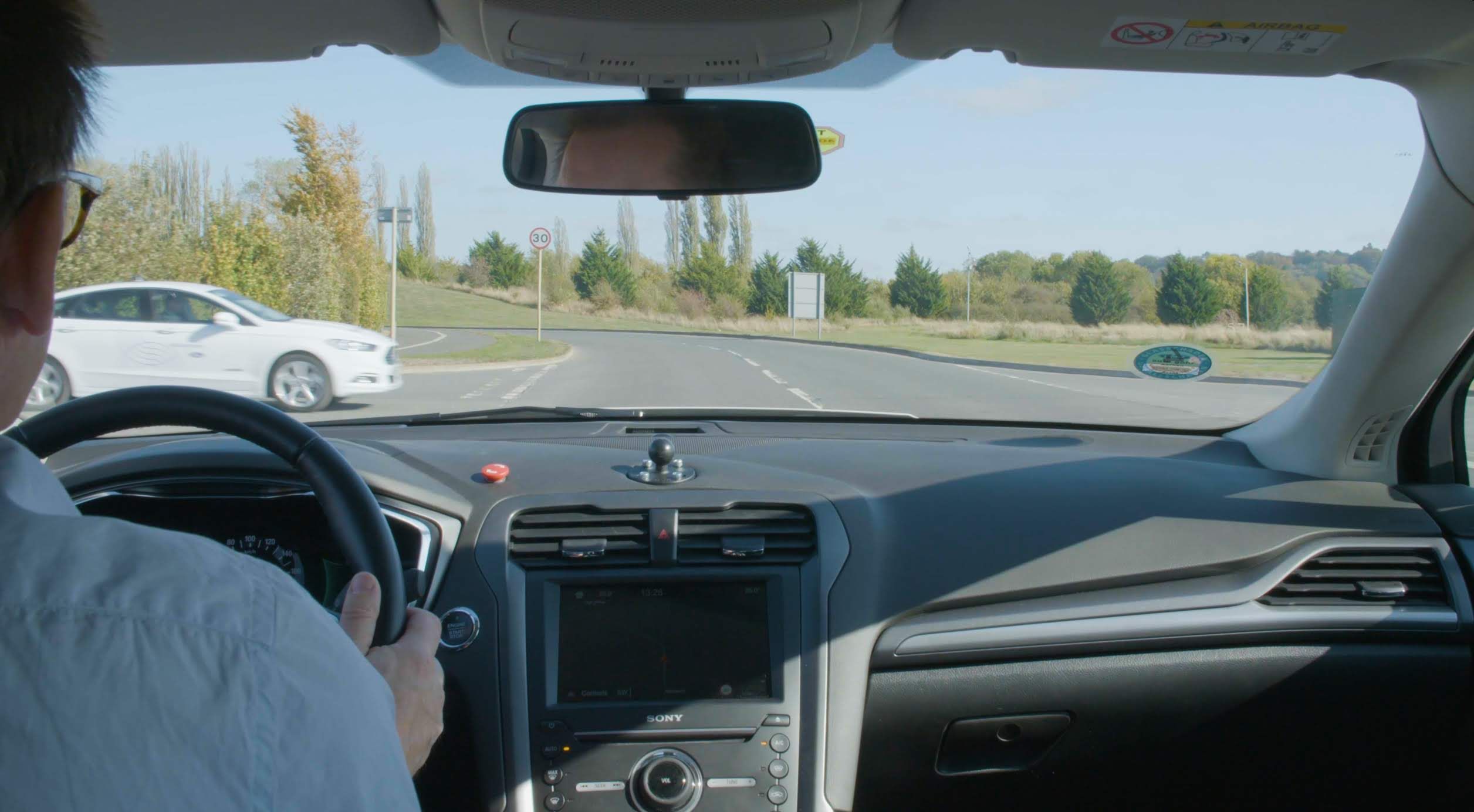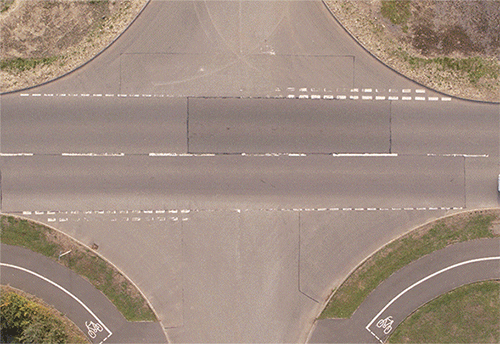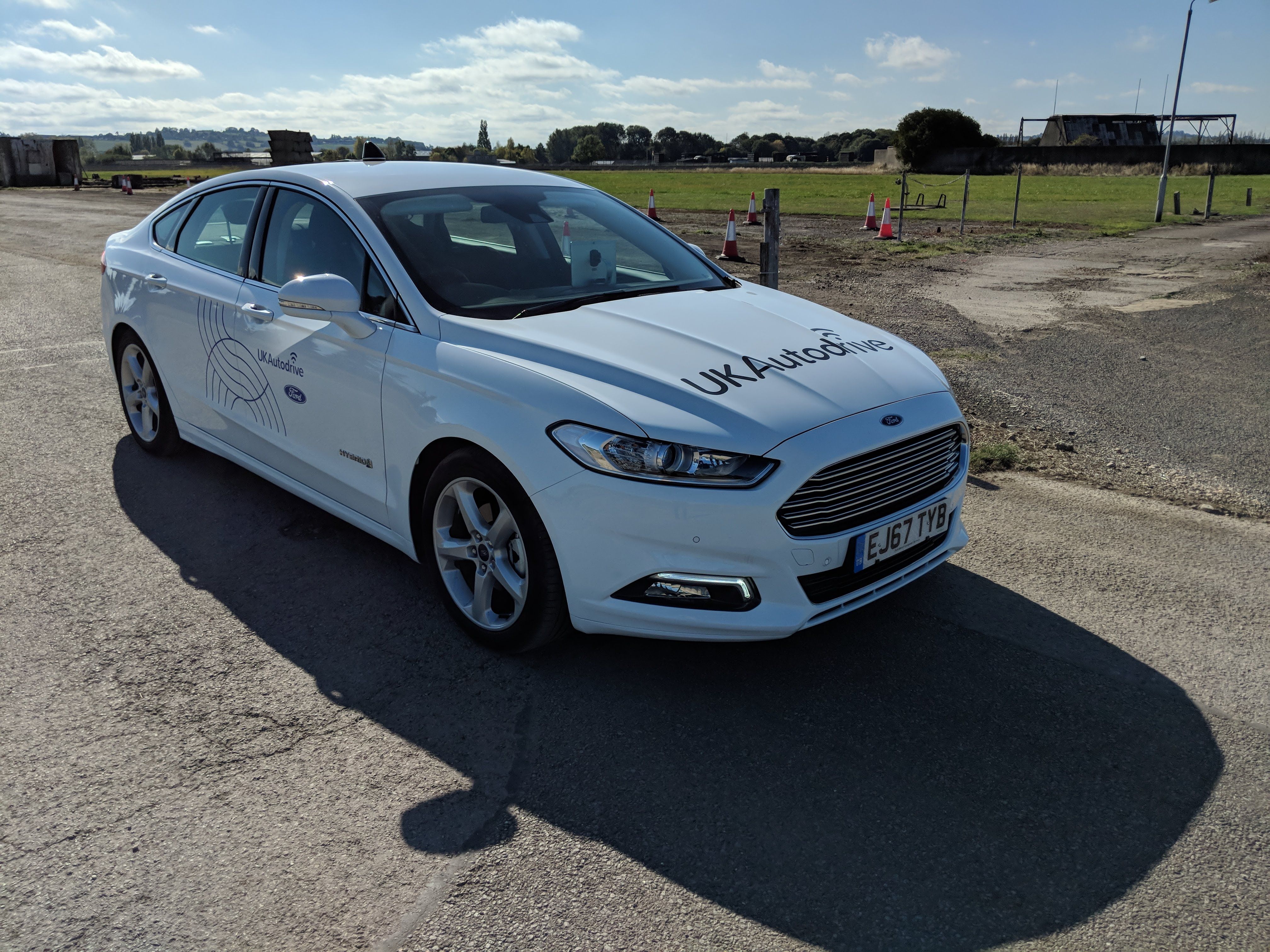Ford is working on a technology known as Intersection Priority Management, and its whole purpose is to analyze how intelligent speed reductions can improve transit by limiting when cars have to stop at traffic signals or intersections. This system will use Ford’s vehicle-to-vehicle technologies to relay the information between nearby cars and city infrastructure.
It’s A Culmination Of Resources
Ford’s vehicle-to-vehicle system allows cars to communicate with each other in short-range and transmit data such as location, speed, and their direction of travel.
A Simple Observation Turned Into An Inspiring Idea
Ford’s foundation for the IPM system is inspired by the way humans walk in crowds. People don’t usually halt completely when they notice another person in their path; instead, they simply change speed or direction and continuously adapt to new encounters on the move. So, Ford wants to implement the same premise in cars in a more refined method to avoid collisions or stopping at a traffic signals altogether. Ultimately this will synchronize everyone on the road to make the flow of traffic more efficient.
It Has Its Own Limitations
Practically, not all cars will have vehicle-to-vehicle technology, thus creating a conundrum and rendering the system imperfect.
Sow The Seeds And Reap The Benefits
To get a better idea, watch this video where Christian Ress, supervisor for automated driving Europe, Ford research and advanced engineering, explains what they are trying to accomplish with this new system.
Our Take
It’s good to see Ford doing so much in the field of vehicular safety. Now that the Blue Oval has a basket of technologies, it will try to merge them into one system that could work in all fields and directions. Even the Intersection Priority Management system is an example of that. If all automakers can commit to it with an equal amount of dedication, things could change on a massive scale and ferrying on roads will be much safer. What are your thoughts on Ford’s Intersection Priority Management system? Let us know in the comments section below.
Further reading
Read more technology news.





